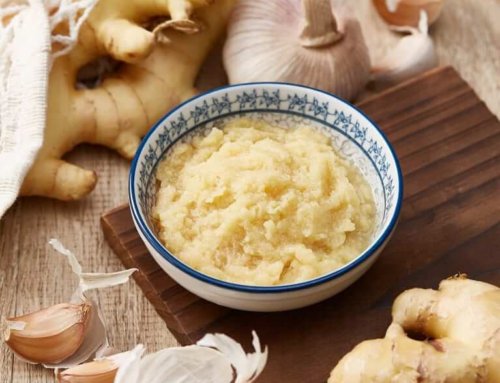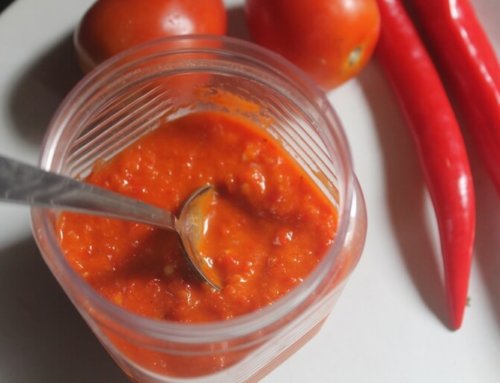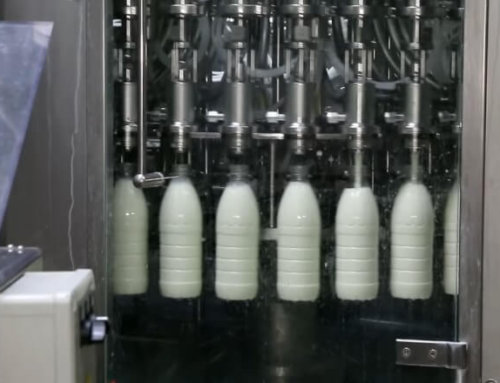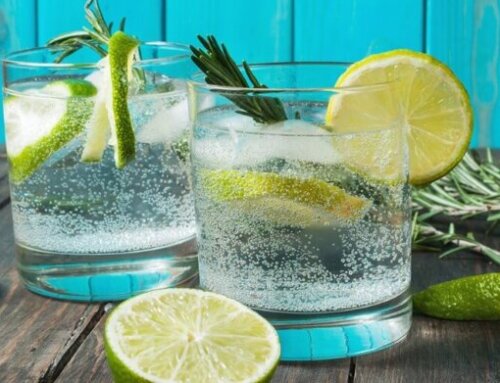Project Description
NFC Juice Production Line
Description Of NFC Juice Production Line
- In recent years, the global demand for NFC fruit and vegetable juice has continued to rise and it is more and more popular among consumers because of its natural and healthy function.
- The NFC juice is short for Not From Concentrate, which means the juice does not need to be concentrated and reconstituted by water, it is directly extracted from fresh fruits or vegetables, then pasteurized, and filled into containers. Pure juice is 100% juice from fresh fruits, it does not include any additives such as sugar, flavor agent, or preservatives, so it can better retain vitamins, pulp and natural dietary fiber in juice and keep the juice original flavor and nutrition.
- Most of fresh fruits or vegetables such as orange, apple, pineapple, kiwifruit, grape, berry fruits, watermelon, pomegranate, tomatoes, carrots, etc. can proceed into the NFC juice.
- The processing capacity of the NFC juice production plant is 500L per hour to 10000L per hour, and most of the NFC juice will be filled into bottles or cartons.
- Commercial Not-From-Concentrate (NFC) juice production involves the selection and preparation of ripe fruits, extraction of juice using a mechanical press or juice extractor, screening/filtering to remove pulp and seeds, pasteurization to extend shelf life, and packaging into the consumable containers.
- The high-quality cold press NFC juice starts from fresh fruits, uses the cold juice extraction technology to get the juice, then filled into the containers, after that, the juice containers will be pasteurized by the HPP system to get a long stable shelf life of the end products. In the whole processing system, the juice will not be heat treated, to keep all the vitamins and nutrients of the juice at maximum.
- The whole NFC juice processing machines are made of SUS304 material, and can fully meet the requirements of food hygiene conditions.
- According to the different pasteurizing/sterilizing technology and filling technology, the NFC juice shelf life is from 30 days to 12 months.
- Compared with traditional fruit and vegetable juice, NFC fruit and vegetable juice are made of fresh raw materials, which have high requirements for raw material storage and preservation and high seasonal requirements for raw materials. In addition, because NFC fruit and vegetable juice is pasteurized at low temperature, it also needs cold chain, storage, and preservation. Therefore, in terms of raw materials and processing technology, it has higher requirements than traditional fruit and vegetable juice.

NFC Juice Production Line End Package
Bottled NFC juice: There are 3 types of bottled NFC juice according to the pasteurizing and filling method:
- Pasteurized NFC juice: the juice is pasteurized and cold or hot filled into the bottles, and stored in the refrigerator, the shelf life is about 30 days-45 days.
- HPP treatment NFC juice: it is cold extracted from fresh fruits, then directly filled into bottles, and the bottled NFC juice will be pasteurized by HPP system. The juice with this processing method has a shelf life of 60-120 days in the refrigerator.
- UHT sterilized NFC juice: it is UHT sterilized and then aseptically filled into bottles, the shelf life can reach to 9-12months at room temperature.
Gable top carton NFC juice: The juice is pasteurized and then cold-filled into the gable top cartons. The shelf life is about 30 days-45 days in the refrigerator.
Aseptic brick carton juice: the juice is UHT sterilized and then aseptically filled into brick cartons, the shelf life can reach to 12 months at room temperature.

NFC Juice Production Line Processing Flowchart
The fresh fruit after washing, sorting, juice extracting, then pasteurized/UHT sterilized and filled into PET bottles, glass bottles, gable top cartons or aseptic brick cartons.

NFC Juice Production Machine Introduction
Fruit preparation system
Fruit preparation systems are designed to process different types of fruits such as apples, oranges, peaches, and berries into juice, which typically involves a multi-stage process starting with fruit washing to remove any dirt, debris, or bacteria on the fruit’s surface; sorting to separate fruits based on their size, ripeness, and quality either manually or with specialized equipment; pitting to remove the seeds or pits from stone fruits such as cherries and peaches, which can be done manually or with specialized equipment, and peeling to remove the outer skin of some fruits, including apples and oranges, which is usually done with mechanical peelers, and finally the processed fruits are further treated to create the final product.

NFC Juice extraction machine
The NFC juice extractor needs to meet the requirements of high juice yield rate, low-temperature extraction and prevent juice oxidation. Different fruits have different methods to extract juice to get the optimal juice yield rate. Such as citrus fruits has especially use for cup type juice extractors; apple, pineapple, pomegranate, pear, etc. can use belt press juice extractors or hydraulic press; grape, and berry fruits will use the vacuum membrane press juice extractors; mango, and tomato can use the cold pulping machine to get the pulp. For the fruits and vegetable juice extractor model chosen, please check this page.

NFC Juice pasteurizer/sterilizer system
The sterilizing/pasteurizing system is the core station in the whole NFC juice production line. There are three types of juice sterilizers in NFC juice production:
The first one is the plate or tubular pasteurizer for cold chain juice processing. The juice viscosity is less than 2000cP and without pulp, the plate pasteurizer can be used, otherwise, it will need a tubular pasteurizer. The pasteurizing flowchart is 30℃juice inlet, 60℃homogenizing and degassing, 95℃ hold for 15S, and 4℃ juice discharge for filling into bottles or gable top cartons.
The second is tubular UHT sterilizer for aseptic NFC juice production. The sterilizing flowchart is heating the juice to 115-125℃ hold for 5S, then cooling to 30℃ for aseptic bottle or carton filling.
The third is HPP treatment for cold press NFC juice processing. Ultra-high pressure sterilization is one of the important ways to sterilize NFC fruit and vegetable juice. Because it is low-temperature physical pasteurization(20-30℃), it can avoid the quality deterioration caused by traditional heat treatment and better retain the original fruit and vegetable juice quality. The unique advantages of ultra-high pressure pasteurization are less energy consumption, rapid and uniform sterilization. The pasteurizing flowchart is to apply a pressure of 100-1000mpa to the packaging container to destroy the structure of bacteria in the juice.

NFC Juice filling system
Most of NFC juice is cold filled(5℃) into the bottles or gable top cartons. The bottle filling system is a ultra clean filling system, use two disinfectant solutions to rinse the inside of the bottles, and then use the sterile water to flush off the disinfectant solution in the bottles. Also, the bottle caps will be also sterilized and use sterile air to blow dry. Then the NFC juice can be filled into the bottles and sealed. Within this filling method, the juice can have a longer shelf life of 45 days stored at 4-5℃ environment. But some manufacturers also use the normal 3-in-1 filling machine to fill the NFC juice in bottles at 5 degrees, the bottles and caps are washed with pure water, with this method, the NFC juice shelf life will be lower by about 21-30 days at cold temperatures.
The NFC juice can also be hot filled into the bottles, in this processing flowchart, the juice will be pasteurized, then cooled to 85℃and filled into the bottles. After filling, the juice in bottles will be pasteurized again in pasteurizing cooling tunnel. The NFC juice with this processing method will have nutrient and vitamin loss during hot filling and pasteurization, so it is not very suggested to fill the NFC juice.
The aseptic bottle filling system or aseptic brick carton filling system can also be used for filling NFC juice. The filling temperature is room temperature(25-30℃), the NFC juice after UHT sterilized, then aseptic filling into bottles or cartons. And the aseptic filling system needs to ensure juice, packing material and filling environment are all aseptic, so the cost of the filling system is the highest. But with this method, the juice has long shelf life and nutrient loss very little.





